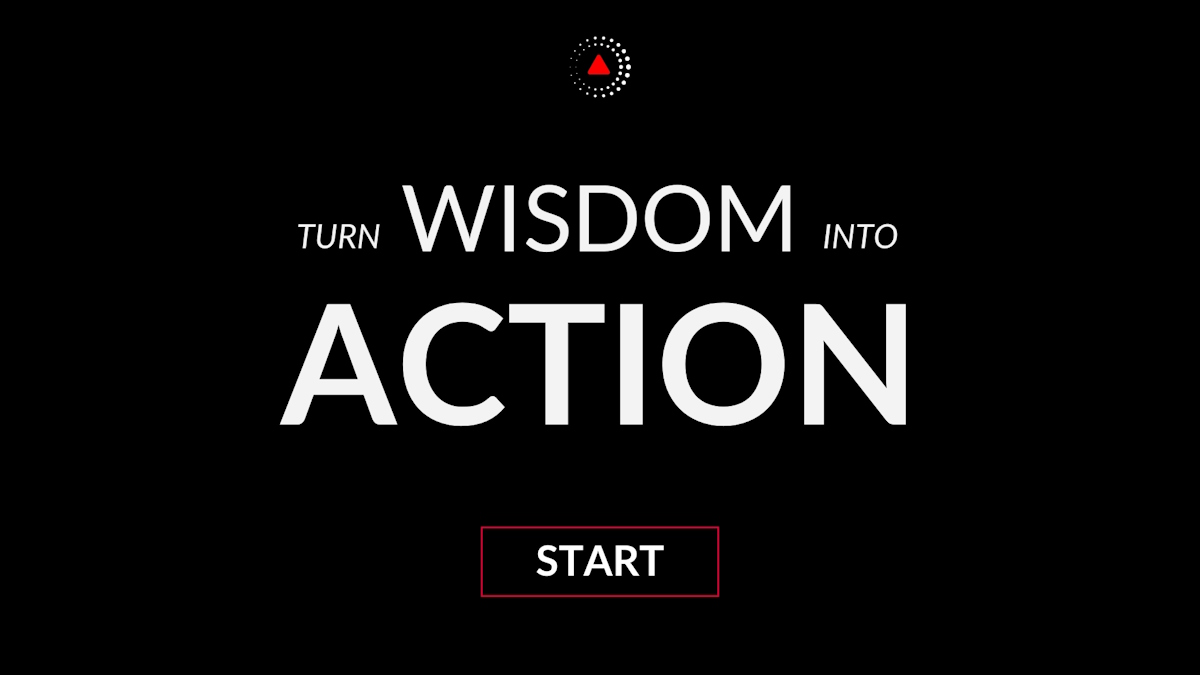Next to him lay his violin, trampled, an eerily poignant little corpse.
What's the meaning of this quote?
Quote Meaning: The quote, "Next to him lay his violin, trampled, an eerily poignant little corpse," evokes a deep sense of loss and devastation. This image is powerful and multifaceted, conveying both a literal and metaphorical destruction.
At its most straightforward level, the quote describes a musician who has fallen, and beside him, his cherished violin lies destroyed. The violin, an instrument often associated with delicate beauty and emotional expression, symbolizes the musician's soul, creativity, and passion. Its trampled state suggests not just physical destruction, but the obliteration of something precious and irreplaceable. The description of the violin as a "little corpse" anthropomorphizes it, making its destruction feel as tragic as the loss of a living being. This choice of words underscores the intimacy and deep bond between the musician and his instrument, elevating the violin from an object to a companion or extension of the musician himself.
On a deeper level, the image can be interpreted as a commentary on the fragility of art and beauty in the face of violence and chaos. The musician, a creator of beauty and emotion, is juxtaposed with the brutality that has trampled his art. This contrast highlights the vulnerability of artistic expression in a world where such creations can be easily destroyed. The "eerily poignant" nature of the scene suggests a haunting beauty in the tragedy, an unsettling reminder of how something beautiful and full of potential can be abruptly ended.
Furthermore, the scene might reflect a broader metaphor for lost potential and broken dreams. The violin, once a vessel of music and joy, now lies silent and lifeless. This can mirror the musician's own fate, implying that his dreams and aspirations have been similarly crushed. The imagery evokes a sense of mourning not just for the person and the instrument, but for the unrealized possibilities and the silenced voice that once brought beauty into the world.
In summary, the quote encapsulates a profound sense of loss, intertwining the personal tragedy of the musician with a broader reflection on the vulnerability of beauty and art in a harsh world. It poignantly captures the moment where creativity and destruction meet, leaving a haunting impression of what once was and what can no longer be.
Who said the quote?
The quote "Next to him lay his violin, trampled, an eerily poignant little corpse." is often attributed to Elie Wiesel (Bio / Quotes). Elie Wiesel was a Romanian-born Jewish writer and Holocaust survivor who became an influential voice for human rights and social justice.
Is there a historical example that illustrates the message of the quote?
The quote "Next to him lay his violin, trampled, an eerily poignant little corpse" can be vividly illustrated by the tragic events surrounding the Holocaust and the fate of Jewish musicians during World War II. One poignant example is the story of the Jewish musicians who were forced to perform in ghettos and concentration camps.
In the Terezin (Theresienstadt) ghetto, which was a transit camp for Jews before they were sent to extermination camps, there was a notable orchestral ensemble. This orchestra was composed of talented Jewish musicians who were required to perform for the entertainment of the Nazi guards and to create a facade of normalcy for visiting Red Cross officials. The musicians often played under horrific conditions, and their performances became a symbol of resistance and endurance amidst unimaginable suffering.
When the ghetto was eventually liquidated and the musicians were sent to Auschwitz or other death camps, their instruments were often left behind, discarded or damaged. The image of these instruments, once the source of hope and cultural pride, now trampled or abandoned in the chaos of their deportation, serves as a powerful metaphor for the loss of life, culture, and human dignity that occurred during the Holocaust. The violin, in this context, represents the beauty and creativity that were ruthlessly extinguished, leaving behind only the remnants of what was lost.
How can the quote be applied in a real-life scenario?
The quote can be applied to real-life scenarios where something beautiful or significant is lost or destroyed amidst larger, often tragic circumstances. For instance, consider the experience of a person who has lost their home and belongings due to a natural disaster like a hurricane or earthquake. Imagine someone who was an avid musician and had a treasured violin that they used to bring joy to themselves and others. After the disaster, their home is devastated, and their violin is found among the ruins, damaged beyond repair.
This scenario echoes the sentiment of the quote. The violin, once a cherished instrument, now lies in ruin, embodying the loss of not just material possessions but also personal history and passion. The poignant image of the violin as a "trampled, eerily poignant little corpse" captures the emotional weight of the loss, highlighting how deeply personal items and dreams can be impacted by larger, uncontrollable forces.
In this way, the quote reminds us of the fragility of human creations and aspirations, and how they can be irrevocably altered or destroyed by circumstances beyond our control. It encourages a deeper appreciation for the things we hold dear and the profound effects that unexpected events can have on our lives.
Chief Editor
 Tal Gur is an author, founder, and impact-driven entrepreneur at heart. After trading his daily grind for a life of his own daring design, he spent a decade pursuing 100 major life goals around the globe. His journey and most recent book, The Art of Fully Living, has led him to found Elevate Society.
Tal Gur is an author, founder, and impact-driven entrepreneur at heart. After trading his daily grind for a life of his own daring design, he spent a decade pursuing 100 major life goals around the globe. His journey and most recent book, The Art of Fully Living, has led him to found Elevate Society.






















